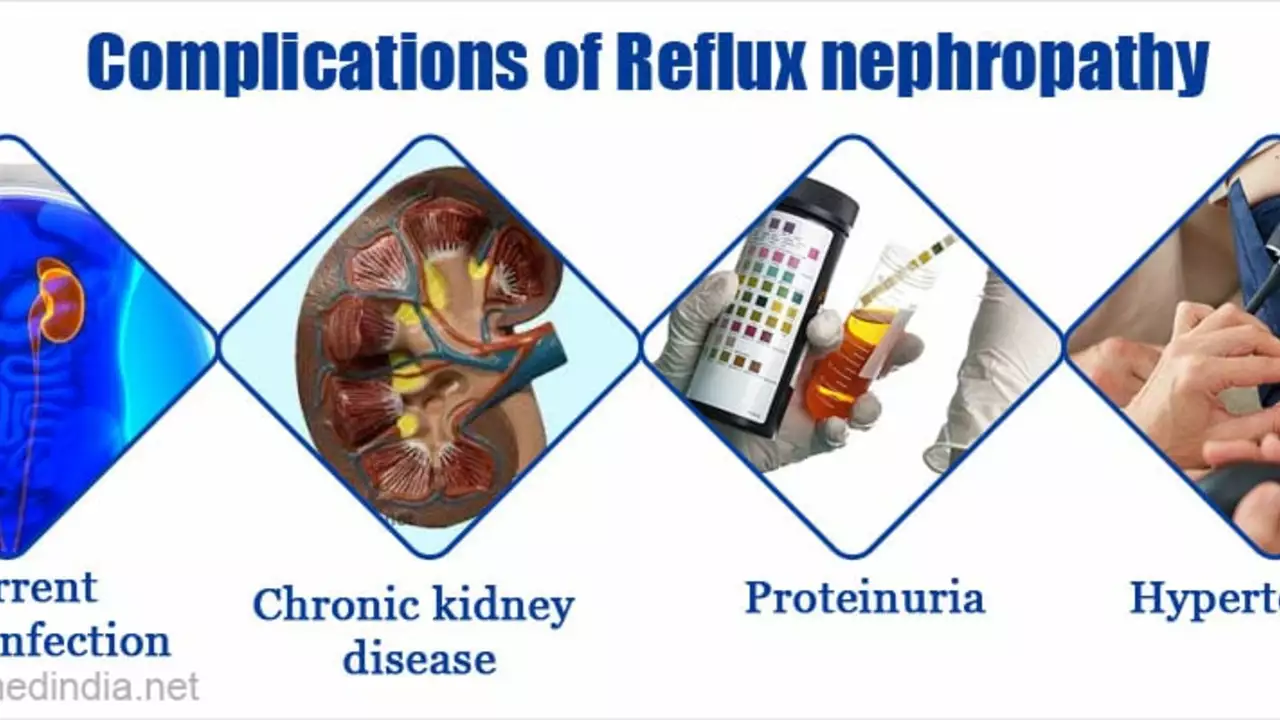Risk reduction when buying and using medications
If you buy medicine online or manage complex prescriptions, small steps cut big risks. This page pulls practical tips from our guides so you can avoid fake drugs, bad interactions, and unnecessary costs.
First: choose pharmacies with real credentials. Look for a physical address, licensed pharmacist, clear return policy, and a requirement for prescriptions on prescription-only drugs. Sites that pressure you to skip a prescription or sell controlled meds without a script are red flags.
Second: protect your health record and payment. Use sites with HTTPS, read privacy policies, and use a credit card or trusted payment service. Never email photos of full medical records—use the pharmacy's secure portal or your doctor's office.
Check the product and the price
Compare prices across trusted discount services and official manufacturer coupons, like we explain in our prescription savings guide. If a price is way lower than everywhere else, ask why. Check expiration dates, packaging, and whether the product matches the name and dosage you expect.
Watch for counterfeit signs: misspelled labels, different pill shape, or flimsy packaging. If anything seems off, stop using the medicine and contact the pharmacy immediately.
Safe use, stopping, and alternatives
Follow dosing instructions and watch for interactions. Use a single, up-to-date medication list for all your providers. Before you stop or switch drugs, check a reliable tapering plan—our prazosin and prednisolone articles show safe step-down strategies. Sudden stops can cause withdrawal or relapse.
Considering alternatives? Read clear comparisons. We break down options like SGLT2 inhibitors versus metformin or antihistamine swaps so you know tradeoffs in side effects and cost. Don’t replace prescription drugs with “natural” remedies without a discussion with your clinician.
Use telemedicine smartly. Verified online clinics can save time, but verify the clinician’s license and read reviews. Services that promise fast scripts for controlled drugs without proper assessment are likely unsafe.
Keep records and plan for emergencies. Keep pill bottles, dosing notes, and a list of allergies and reactions. If you get unexpected side effects, stop the drug and contact a clinician or poison control immediately.
Also think about storage and shipping. Some meds must stay cool; ask the seller how they pack temperature-sensitive drugs and how long delivery takes. For older adults and kids, label doses clearly and use pill organizers. If you take more than three meds, get a pharmacist medication review to catch dangerous interactions. Keep an app or paper list with drug names, doses, and times and share it at every doctor visit. When buying from abroad, confirm legal import rules and expect longer delivery and customs checks. If a pharmacy won’t answer simple questions by phone, move on. A quick call often tells you more than a glossy site.
Final quick checklist: buy only from licensed pharmacies, require prescriptions, compare prices, verify packaging, protect your data, follow taper plans, and consult your clinician before switching treatments. For step-by-step how-tos, see our articles on buying specific drugs, stopping medications safely, and cutting prescription costs.

